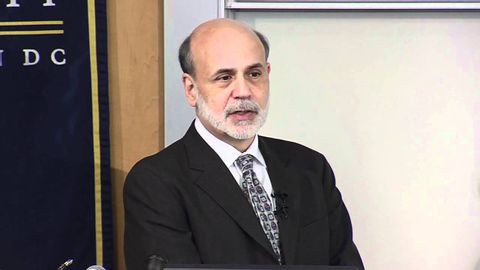
Subtitles & vocabulary
Chairman Bernanke's College Lecture Series, The Federal Reserve and the Financial Crisis, Part 4
00
yuyun posted on 2016/03/20Save
Video vocabulary
term
US /tɚm/
・
UK /tɜ:m/
- Noun (Countable/Uncountable)
- Conditions applying to an agreement, contract
- Length of time something is expected to happen
- Transitive Verb
- To call; give a name to
A1TOEIC
More crisis
US /ˈkraɪsɪs/
・
UK /'kraɪsɪs/
- Noun (Countable/Uncountable)
- Unstable situation of extreme danger or difficulty
- A turning point in a disease.
B1
More system
US /ˈsɪstəm/
・
UK /'sɪstəm/
- Noun (Countable/Uncountable)
- Set of organized, planned ideas that work together
- A set of principles or procedures according to which something is done; an organized scheme or method.
- Adjective
- Working in an organized, logical way
A1TOEIC
More interest
US /ˈɪntrɪst, -tərɪst, -ˌtrɛst/
・
UK /'ɪntrəst/
- Noun (Countable/Uncountable)
- Best or most advantageous thing for someone
- Activity or subject one enjoys doing or learning
- Transitive Verb
- To make someone want to know about something
- To persuade to do, become involved with something
A1TOEIC
More Use Energy
Unlock All Vocabulary
Unlock pronunciation, explanations, and filters
